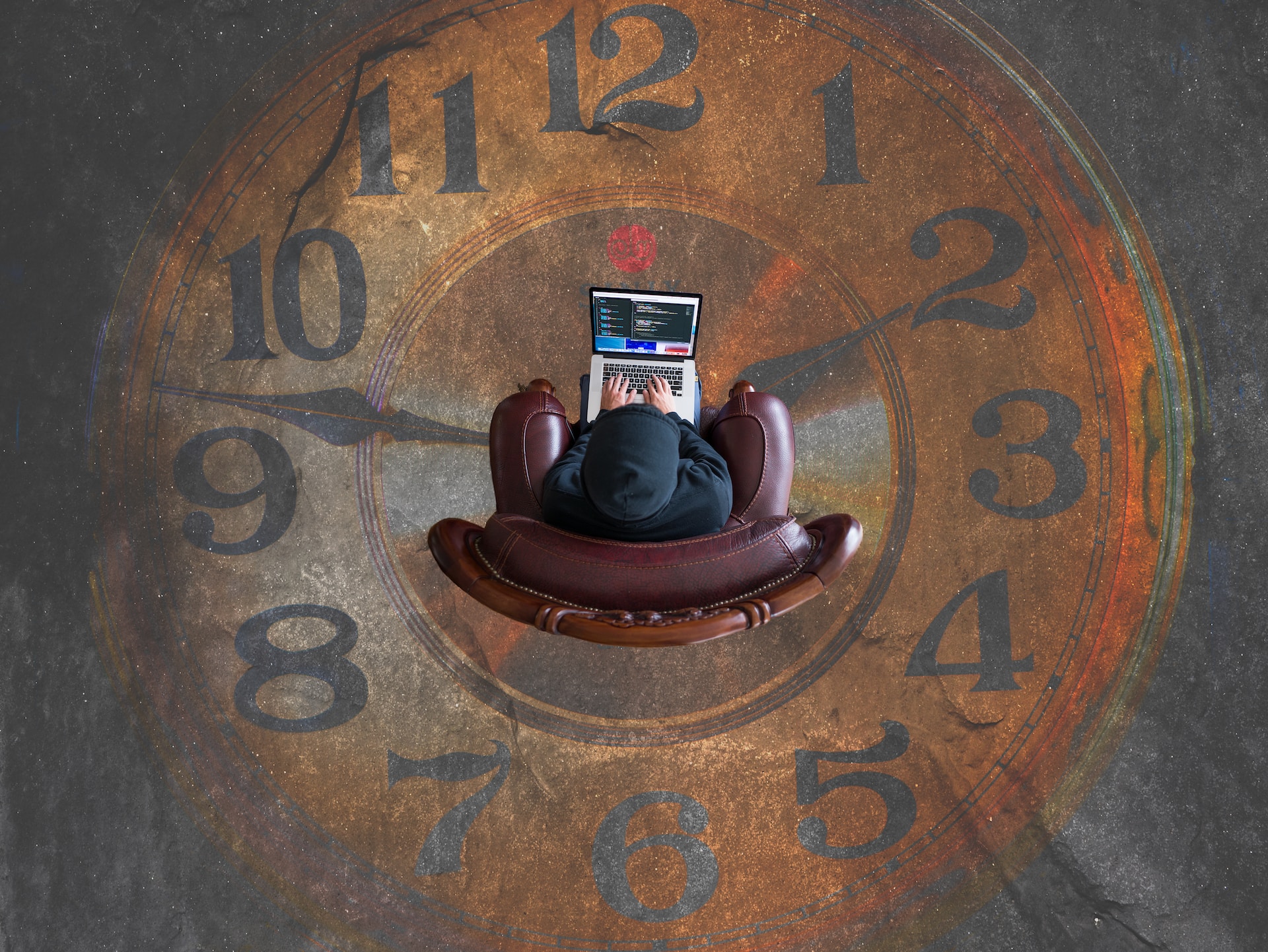Transitioning from Demo to Real Account: When is the Right Time?

Transitioning from Demo to Real Account: When is the Right Time?
Trading and investing can be a daunting venture for both novices and experienced market participants. This is where demo accounts come into play. They are essentially practice accounts offered by trading platforms that simulate real-market conditions with virtual money. The primary purpose of these accounts is educational, affording users the opportunity to familiarize themselves with the platform’s features, tools, and the nuances of market behavior without the risk of losing actual capital.

Transitioning from Demo to Real Account: When is the Right Time?
Benefits of Using a Demo Account
Demo accounts serve as an invaluable sandbox for experimentation and learning. They allow users to test trading strategies, understand how markets react to news events, and get a grip on technical analysis—all without financial risk. Users can see how leverage affects losses and gains, comprehend the importance of stop-loss orders, and refine their decision-making skills in a pressurized yet consequence-free environment. Furthermore, demo trading fosters confidence in one’s ability to navigate through complex market conditions.Recognizing Mastery of the Demo
But how does one discern if they are ready to transition from demo trading to real funds? Mastery over the demo account can manifest in various forms:Consistent Profitability: Achieving profitability over an extended period suggests a deep comprehension of market dynamics.
Risk Management: Understanding and applying solid risk management techniques indicates readiness for real-world trading.
Strategic Execution: If one can religiously stick to their trading plan in the face of volatile market shifts within the demo environment, it is a positive indicator of preparedness.
Psychological Differences Between Demo and Real Accounts
Recognizing mastery on paper is one thing; dealing with the psychological shift when real money is at stake is another ball game entirely. The emotional weight of potential financial loss can significantly alter trader behavior. A strategy that seemed foolproof in a demo setting may crumble under the pressure of actual monetary risk, leading to hasty decisions or deviation from tried-and-tested plans. The key difference lies in managing emotions like fear, greed, and frustration when they are tied to tangible financial outcomes.Making the Transition: Steps and Considerations
Once comfortable with demo performance and psychological readiness, transitioning to a real account involves careful planning:Capital Investment: Start with an amount of capital you are willing to risk—a sum that won’t affect your livelihood if lost.
Market Conditions: Ensure you’re stepping into real trading during conducive market conditions that align with your tested strategies.
Personal Readiness: Assess emotional preparedness; perhaps by starting with smaller trades to mitigate potential stress.
Setting Realistic Expectations: Realize that losses are part of learning and gains may not be as high or as frequent as experienced within the demo trials.
In conclusion, shifting from a demo account to actual trading requires more than just understanding markets; it entails a comprehensive self-assessment on emotional resilience and practical readiness. By acknowledging this intricate blend of factors—strategic mastery, psychological preparedness, astute planning—one can make informed decisions on when it’s time to take that pivotal step into real-world investing or trading endeavors.
Tags:Trading, Investment, Demo Account, Real Account, Financial Markets
Tags:Trading, Investment, Demo Account, Real Account, Financial Markets









Report
My comments